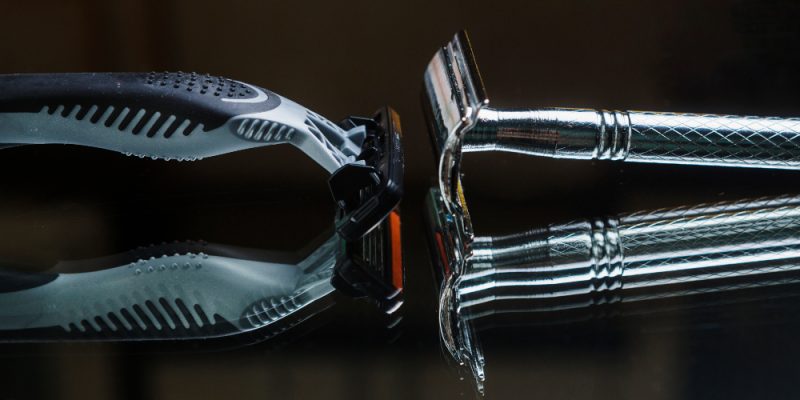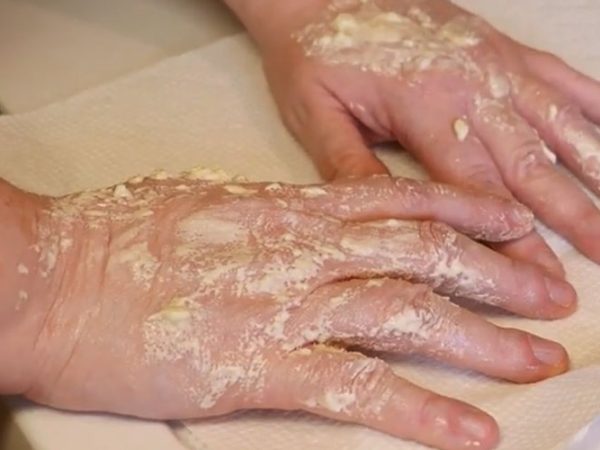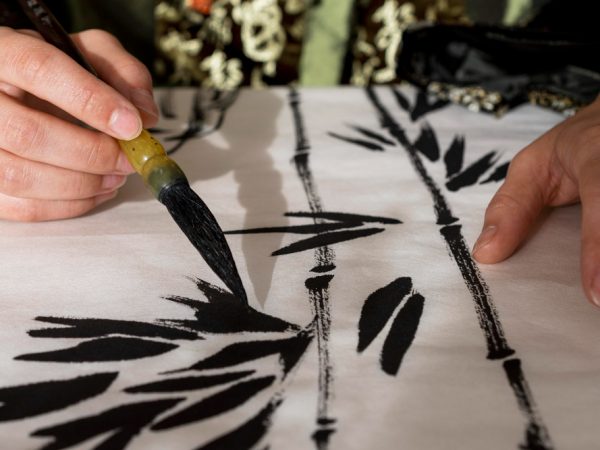Old Razors vs. Modern Razors: What Makes Vintage Shaving So Special

For centuries, shaving has been a daily ritual for men across the world. From the early straight razors to today’s multi-blade cartridges and electric trimmers, shaving tools have evolved with technology. Yet, despite modern innovations, there is a growing fascination with old razors. Many people are returning to traditional shaving for its craftsmanship, precision, and nostalgic charm. In this article, we will explore what makes vintage shaving so special and how old razors stand up against modern designs.
A Look Back at the History of Shaving Tools
The story of shaving dates back thousands of years, with early tools made from shells, flint, and bronze. The straight razor became popular in the 18th century, known for its sharp blade and durable steel. By the early 1900s, safety razors revolutionized shaving by making it safer and more convenient for everyday use. Companies like Gillette introduced replaceable blades, and shaving became a part of modern grooming culture. Old razors from this period were built to last, often made of solid metal and designed with elegant craftsmanship.
The Rise of Modern Razors
Modern razors, especially disposable and cartridge types, emerged in the mid-20th century. They were designed for convenience, speed, and comfort. Plastic handles and multi-blade cartridges became the norm, offering a quick shave with minimal effort. Electric razors further simplified the process, appealing to busy lifestyles. Today’s razors focus heavily on comfort, flexibility, and advanced features like lubricating strips and pivoting heads. While these innovations make shaving faster, some argue they lack the soul and sustainability of old razors.
Craftsmanship and Build Quality
One of the biggest differences between old and modern razors is craftsmanship. Vintage razors were made with precision engineering, often crafted from brass, stainless steel, or nickel-plated metal. These materials gave them weight, balance, and durability. Many old razors from the early 1900s still function perfectly today with a bit of cleaning and maintenance.
In contrast, modern razors are often made from plastic and lightweight metals. While they are easier to produce and cheaper to replace, they rarely last more than a few months. The solid feel of an old razor gives a sense of control and permanence that modern razors often fail to deliver.
Shaving Performance and Precision
Old razors, such as safety and straight razors, provide a close and precise shave when used correctly. They require skill and patience, but the results are often smoother and longer-lasting. Traditional wet shaving also reduces skin irritation for many users because it uses fewer blades and encourages better technique.
Modern razors, on the other hand, are designed for speed and convenience. Multi-blade cartridges can sometimes cause razor burn or ingrown hairs due to the way multiple blades pull and cut hair below the skin’s surface. For people who appreciate the ritual of shaving and want to perfect their technique, vintage razors offer an unmatched level of precision.
The Shaving Experience: Ritual vs. Routine
Shaving with an old razor feels more like an art form than a daily chore. The process involves preparing the face with warm water, applying lather with a brush, and using slow, deliberate strokes. It is meditative and satisfying. Many enthusiasts describe it as a way to slow down and connect with a simpler time.
Modern shaving, while efficient, is often rushed. With quick disposable blades or electric razors, the ritual aspect is lost. The difference between the two experiences is like comparing a handmade espresso to instant coffee—both serve a purpose, but one delivers a richer, more rewarding experience.
Environmental Impact
Old razors were built to last a lifetime. A safety razor only requires replacing the thin metal blade, which can be recycled. In contrast, modern cartridge razors and disposables generate massive amounts of plastic waste every year. Most of these materials are non-recyclable and end up in landfills.
By switching to vintage razors or modern safety razors inspired by classic designs, users can dramatically reduce their environmental footprint. Sustainability is one of the major reasons for the renewed interest in traditional shaving tools.
Cost Comparison: Long-Term Savings
Although an old-fashioned razor may seem expensive upfront, it is far more economical in the long run. A quality safety razor can last decades, and replacement blades are cheap. In contrast, modern cartridges are costly and need frequent replacement. Over a few years, the cost of modern shaving systems can easily exceed that of a vintage setup.
Many people who switch to traditional shaving find that it saves them money while also improving their overall experience.
The Sentimental and Aesthetic Value
Old razors often carry sentimental value. They might be heirlooms passed down from fathers or grandfathers, connecting generations through a shared ritual. Their aesthetic appeal also stands out—vintage razors feature intricate designs, polished metal, and elegant packaging that modern disposable razors simply cannot match.
Collectors appreciate the history and beauty of these tools, often restoring and displaying them as pieces of art. Even if you never use one, an old razor can be a fascinating reminder of craftsmanship from another era.
Safety and Learning Curve
While modern razors are designed for safety and ease, vintage razors require proper technique. Using a straight or safety razor involves learning the right angle, pressure, and shaving direction. Beginners may experience small nicks at first, but with practice, shaving becomes smooth and safe.
The learning curve is part of the charm—it encourages mindfulness and skill. Many people find it rewarding to master the traditional shaving method and enjoy the sense of accomplishment that comes with it.
The Modern Revival of Vintage Shaving
In recent years, traditional wet shaving has made a strong comeback. Barbershops offering classic shaves are more popular than ever, and online communities of shaving enthusiasts share tips, restoration guides, and reviews of old razors. Many companies have even started producing new safety razors inspired by vintage designs.
The revival shows that people are seeking authenticity and quality in everyday routines. Old razors represent more than just grooming—they symbolize tradition, sustainability, and self-care.
Conclusion
When comparing old razors to modern ones, it becomes clear that vintage shaving offers something truly special. The craftsmanship, precision, sustainability, and ritual all combine to create an experience that is both nostalgic and practical. While modern razors win in convenience, old razors excel in quality, longevity, and character.
Whether you are a collector, a traditionalist, or simply someone curious about a better shave, exploring vintage razors can be a rewarding journey. In a world that often favors speed and disposability, choosing an old razor is a small act of timeless elegance.
FAQs
1. Are old razors safe to use?
Yes, old razors are safe when properly cleaned and maintained. With the right technique, they can deliver a smoother and gentler shave than many modern razors.
2. Can I still buy blades for vintage safety razors?
Absolutely. Most double-edge blades made today fit vintage safety razors, making them easy to use even after decades.
3. What makes shaving with an old razor better for the skin?
Traditional razors use a single sharp blade, which minimizes irritation and reduces the chances of razor burn and ingrown hairs.
4. How do I restore an old razor?
Cleaning with warm soapy water, polishing metal parts, and replacing worn-out components can bring an old razor back to life. There are many tutorials available for safe restoration.
5. Why are people switching back to vintage razors?
People are rediscovering traditional shaving for its cost efficiency, environmental benefits, superior quality, and the satisfying experience it offers compared to modern disposable systems.
Also read: True Amateur Model Guide – How to Build Your Portfolio and Get Noticed











